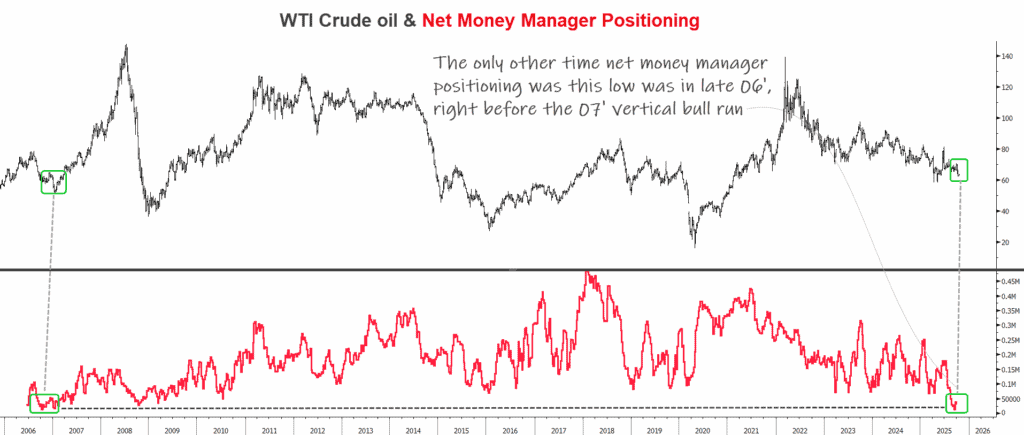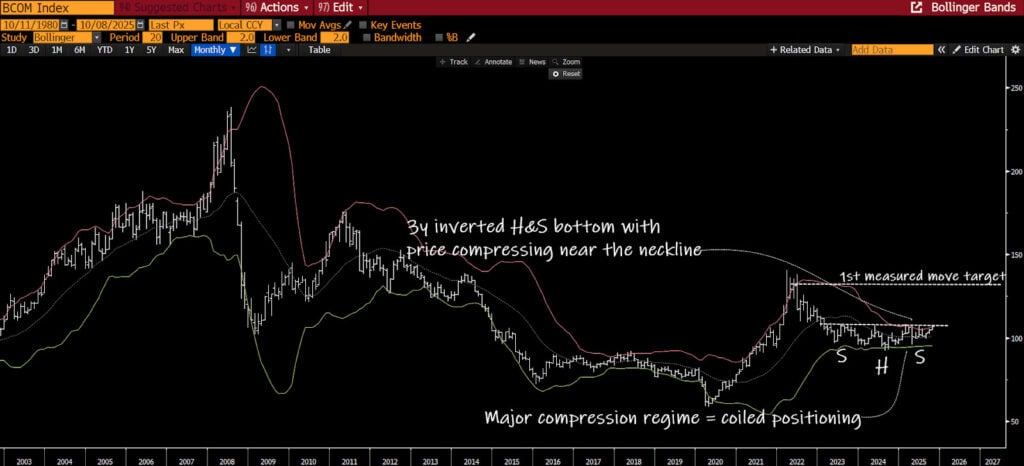Maharah for Human Resources Company (1831, or MHR for the article) offers recruitment services for public and private sectors in Saudi Arabia and the United Arab Emirates. It operates in two segments, Corporate and Individual.
The Corporate segment provides labor force services to various industries comprising retail, hospitality, healthcare, operation and maintenance, and banking. The Individual part offers worker rental services; and khidma, a program for providing part-time housekeepers and home care nurses on an hourly basis and full-time home care nurses.
MHR connects worker-hungry employers with qualified workforce talent in Saudi Arabia. The company serves over 800 clients and deploys 50,000 workers to temporary and full-time positions. They share a market duopoly with an 18-20% share in corporate and individual work placements.
The golden egg in MHR’s business is their household workforce segment. Household segment revenue grew at a 145% CAGR from 2015-2017 as hourly workers like housekeepers and home nurses increase in popularity. The company will capitalize on this growth by offering new part-time services like child care, party hosting, and handyman services.
Reputation matters in an industry like workforce placement, and MHR has earned its place as one of the best in the country. A high reputation allows the company to hold a higher-than-average number of work visas for its employees. Getting these work visas takes time and money.
With quick access to any work visa they want, MHR can deploy more workers into more industries faster than the competition. In turn, it reinforces their brand power as one of the best work placement recruitment services in the kingdom.
Yet, its stock price performance hasn’t reflected its industry-leading qualities. Since its IPO (2019), the stock’s returned -7.2%. You can buy MHR for ~13x current NOPAT with an 8.3% dividend yield at the current price. The dividend is well-protected as FFO covers its total debt 13x over. Today’s market price’s embedded expectations assume zero top-line revenue growth and EBITDA margin compression over the next four years.
There are a few reasons why this opportunity exists:
- Saudi Arabia is an underfished market.
- MHR is a 2019 failed IPO
- The company is < $1B market capitalization.
Let’s dive in.
Structural Advantages of Large Human Resource Companies
Workforce resource companies benefit from economies of scale. The bigger they get, the better their business. Saudi Arabia is a perfect example. The company’s home to 5.8M households, each with differing workforce needs. To service that many families, a company needs a global footprint, particularly one with many local offices tapping into one global workforce supply pool.
It starts with the immediate need of the household client. Hiring a housekeeper or home nurse isn’t a lightly-made decision. It’s like adding another member of the family. As such, household clients don’t hire the first person they see. Nor do they want to recruit from a workforce placement company of a bad/little reputation.
Knowing this, the company that best meets the client’s needs is the one that can provide the most comprehensive array of potential workers. One large enough that the client can tinker and refine their search until they get the perfect candidate.
MHR’s competition includes 500+ local human resource small businesses. Most of these are small businesses supplying only their local demand. As a small business, the local providers don’t have access to MHR’s global network of qualified skilled/non-skilled workers.
When faced with the choice between the local human resources shop or MHR, homeowners choose the one with a more generous supply because it gives the homeowner a chance to find the right person for the job.
MHR can tap into its 32K+ workforce resources across various countries, including India (45% of the workforce), Indonesia, Nepal, and the Philippines.
MHR’s Household Segment & Growth Catalysts
MHR’s Household segment is the most attractive part of its business and generates ~30% of its revenues. There are two different types of household services: full-time and part-time.
Full-time services include housekeepers, drivers, cooks, and nurses. Part-time services include fully-trained housekeepers and nurses. Customers use the “Khidmah” online portal to request and book their desired services and pay for those services once complete.
MHR even has its transportation fleet of 125 vehicles that offer real-time geo-location tracking, so homeowners can see when their housekeeper left and when they should arrive.
MHR makes money from its household segment in two ways:
- Recurring deployment payments (typically monthly)
- One-off transfer of sponsorship payments (~12% of households request to transfer sponsorship of deployed human resources)
The potential applications for MHR’s “Khidmah” platform go well beyond housekeeping. Over time, the company can leverage its existing infrastructure and transportation fleet to offer more skilled services like HVAC, plumbing, and electrical work.
Household services is a market characterized by a diverse client base, fragmented local suppliers, and stigma surrounding female household resources. Yet there are four reasons to believe MHR’s household segment growth is here to stay:
1. Increasing disposable income
Saudi Arabia’s grown disposable income by 3.3% from 2011 to 2016. Further, high disposable income households were the fastest-growing cohort of the household segments. That makes sense as more women enter the workforce, which boosts total and disposable income.
Concurrently, more women at work mean a greater demand for housekeepers on part-time/full-time arrangements. This trend will only increase as Saudi women account for a larger percentage of the nation’s workforce.
2. Increased social acceptance for household workforce resources
The country’s slowly opening up to the idea of foreign household manpower resources. It’s a big commitment to hiring someone to care for your home and children.
3. Rise and automation of pay-per-hour service
The company notes that pay-per-hour services will help meet the significant unmet demand for things like cleaning services and housekeeping. Traditionally, it was high-income households that could afford the burden of a full-time contract.
Through integrated, digital-first platforms, households of any disposable income level can use these services.
4. The inability for local human resource offices to meet global demand
As we mentioned earlier, local human resource offices have smaller pools of talent to allocate to household demand. MHR doesn’t have this problem. Working with 45+ foreign recruitment agencies and various embassies, MHR provides the widest selection of potential workers to meet demand. The company’s 18 branches penetrate 86% of the Saudi population.
The company’s betting big on the household segment. They purchased a 14,500 sq meter headquarter facility to house and train its “Khidmah” program workers. It also provides full-time lodging, medical care, and other amenities to its household workers across nine housing centers.
MHR’s Corporate Segment: A No-Growth Laggard
The company generates revenue from its corporate segment by providing professional, skilled, and unskilled workforce resources. Services are typically on a two-year contract basis.
MHR generates 56% of its corporate revenue from two industries: retail and industrial/operations.
Besides the slowing revenue growth (-1% 2015-2017 CAGR), customer concentration is another issue with the corporate segment. At the end of 2018, its top ten customers accounted for 40% of total revenue (top three holding 27%).
One bright spot about this slow-growing segment is its expertise in the healthcare industry. Healthcare workers require specialized training and certificates before working in the space. MHR’s massive workforce network allows it to place more qualified healthcare workers into jobs than its peers.
Revenue Drivers, Financials & 2024 Outlook
In 2017 the company generated SAR880M in corporate revenue and SAR289M in household revenue. MHR deployed 23K corporate workers and 8.3K household workers.
Both segments sported identical 25% gross margins.
What’s striking, however, is the growth in deployed manpower resources from 2015 – 2017. The corporate segment grew at a -0.71% CAGR while the household grew at a 166% CAGR from 1,377 workers to 8,275!
The company’s grown revenue 16% and 12% in the last two years to SAR1.51B by 2019.
Going forward, the company should generate significant revenue from its household segment, pushing the category to 40-50% of total revenue. Doing that will subsidize the slow-growing corporate part and reveal top-line revenue expansion in the mid-high single digits.
At its current stock price, Mr. Market poses different conclusions. He assumes the company won’t grow revenue beyond its 2019 SAR1.51B print. Moreover, the manic-depressant also assumes MHR’s EBITDA margin will compress to ~17% and stay that way for the next four years.
We got these assumptions using a 12% discount rate on cash flows and an 11x exit EV/EBITDA multiple in 2024.
In other words, pay the current market price (and receive zero top-line growth and margin compression) and get a 12% return, not including dividends. That’s not bad.
What If Mr. Market Is Wrong?
What if the company does grow over the next four years? Let’s assume MHR increases top-line revenue ~7% per year for the next four years. That gets us SAR2.16B in 2024 revenue.
We’ll also assume (to stay conservative) that the company compresses EBITDA margins to 17%, giving us SAR 367M in 2024 EBITDA. Subtracting taxes and cap-ex gets us ~SAR 282M in free cash flow (11% FCF yield).
Our reasonable range of multiples on 2024 EBITDA fell between 13-15x. A 14x multiple gives us an EV of ~SAR 5.14B. Add back the SAR 285M in cash and subtracts debts (SAR 20M), and you get SAR 5.41B in shareholder value (SAR 142/share). That’s an 88% upside from current prices (as of 02/09/2021).
Why The Opportunity Exists & Concluding Thoughts
Saudi Arabia is an underfished market to many investors, both foreign and domestic (US-based). Most people aren’t looking here. It’s also a recent failed IPO and trades below the $1B market cap, making it unavailable to more considerable funds, even if they have a global mandate.
The company’s recent margin compression trend overshadows the tremendous growth opportunity in their household workforce segment.
Despite its margin challenges and IPO returns, the current price offers investors a chance to get paid ~8% on their investment. At the same time, they wait for the structural household tailwinds to catch sail. Investors don’t have to pay for top-line revenue growth or margin expansion at the current market price. Yet over the next four years, both of these occurrences look like the higher probability outcome.








